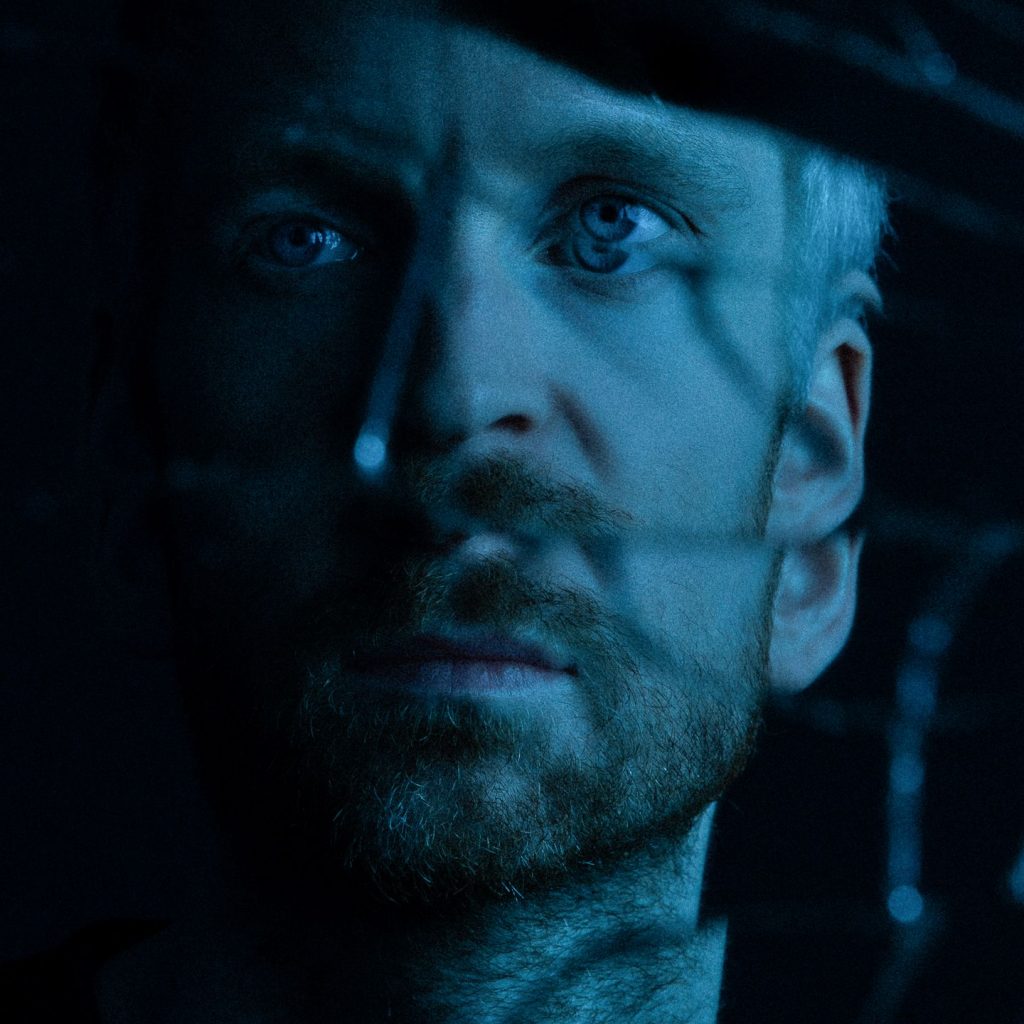Icelandic composer and producer Ólafur Arnalds has been at the vanguard of contemporary instrumental music for over a decade. A punk drummer turned ambient pianist (thanks in part to a supportive grandmother), Ólafur’s music has been streamed over one BILLION times (yes, with a B).
Ólafur’s intimate compositions and organic production style have thrived in the era of digital music. Streaming platforms and social media are hardly ideal places to develop an authentic human connection – and yet Ólafur has managed to do just that.
As Narcissus was trapped by the sight of his own reflection, we find ourselves increasingly hypnotised by the glow of our laptop or smartphone. But what appears on the screen is merely a representation of the real world outside. And it is exactly this hot media environment that leads us to desire the cool human touch of an upright piano, the intimacy of horse hair against cello string, and the mysterious reverberation of the concert hall.
Ólafur’s latest album (out on Mercury KX) is a culmination of the artists’ lifelong search for human connection and intimacy. It is, indeed, music for those who seek some kind of peace.
Ólafur Arnalds’s new album some kind of peace is out now to stream and own on vinyl
SIMPLE THINGS
Did you set out with a certain vision for your new album some kind of peace?
Well, as usual, I started without a vision, and I slowly see it form as I go.
But very early in the process, I was concentrating on telling my own story. I had been doing a lot of music for TV and films, and I was really feeling the calling to create my own story – instead of writing music for other people’s stories.
I was focused on trying to be really free, to not overthink things, to not layer too many things, to not get stuck in grand ideas. Just making music in a way that feels pure.
It’s definitely a little bit back-to-basics for me. I think it has a lot in common with my very early work.
I also discovered a lot of beauty in simple things. Instead of adding layers upon layers to create something big, I would spend days on a tiny thing. Trying to shape it into something that speaks volumes with just a few notes.
SPACE
How did moving into your new studio in Reykjavík influence the album’s production?
I really believe in the space as a musical partner. Depending on what kind of space you’re in, you will make different music. So I take a lot of time to really nurture the space, and make it feel the way that I want my music to feel.
And this space has just been wonderful for me. My old studio was designed more as a mixing studio, it had almost no acoustics inside, so I would have to create all the acoustics with effects. But now I can work more with the space acoustically, and that really influences the writing process.
Another element is how you move around the space when you’re working. I like to move when I’m writing, because I think that keeps my energy up. If everything is too centered, and you just stay in the same chair all day, I think you get boxed in.
So I designed the space so that things are spread out. I have to walk over there to play that synth, then walk over here to turn this knob. It keeps me active in the space, and more flowing.
MUSICIANS
Did the new studio also influence the musicians you brought in to work on the album?
Yeah, that was actually a big change for me. In the past I’ve had to search for spaces to record strings, and I’m obsessed with how strings sound.
I’ve explored all these different venues, and the best space that I’ve found in the last five years or so has been the chamber hall at the Harpa concert hall here in Iceland. It’s a beautiful sounding space.
But what happens when you go into these places is that you have to bring a crew, you have to bring a mobile recording rig, and the room alone costs thousands of dollars per day. And as a consequence of all of these costs, you end up being “on the clock”.
You end up in a hurry all the time. You get the players in in the morning, you get five takes per song, and then you just have to move on. Because otherwise you’re going to be there for days and it’s just going to eat up your budget.
Having a space like the one I have now gave me an opportunity to really shape the sessions the way I wanted. We spent some days just finding the right sound for the album. Where do we place the players in the room? Where do we place the microphones? Which microphones?
And then when it came time to record, we did something that has been a dream of mine – when you’re not bound by time or money. Just sitting with the musicians, and even before a note is played, talking about the music. You gain a common understanding of what you are trying to express, and explain what is behind the song.
We’d talk about it, play it a few times, record it, and then all can sit down and listen to it and talk about it. “Oh, is this really the way we want to play it?” And so on.
The new space gave us an opportunity to really get every single person involved in the album fully immersed in what we were trying to do.
PRESSPAUSEPLAY
I recently watched the 2011 documentary PressPausePlay, which follows a younger (floppier haircut) version of Ólafur Arnalds producing music, performing, and building a fanbase with social media.
In 2011 we really hadn’t yet settled into the new paradigm of music streaming, and there were a lot of unanswered questions about what was coming next. PressPausePlay put forward the idea that social media and crowdfunding would create a new mechanism for direct relationships between artists and fans.
How have your views changed since your involvement in PressPausePlay, and do you think that social media has actually lived up to its promise?
I think social media has changed a lot since then. And in one big way – the algorithm.
Back then you would have generally a smaller community on social media, but they were much more directly related to you. But now I don’t think 20% of my Instagram followers see my posts daily.

The algorithms have taken away from us the opportunity to speak to the same group of people repeatedly and build a relationship. There are some people on my social media who are “in my algorithm”, so to speak, who will always see my posts. But that control is not with us anymore. It’s not with me, and it’s not with the social media companies either, weirdly.
I think social media is still very important in how we communicate with our fans, but I’m definitely looking for that connection elsewhere. And I’m missing the human connection of touring, and meeting people in person.
PLANTING TREES
At your concerts you have told the story about how your grandmother tricked you into listening to classical music. Can you share a memory of your grandmother, and how she helped you to become the musician and person you are today?
My grandparents were involved in the fight against global warming really early. They bought land in the seventies and started planting a forest.
We didn’t call it global warming back then, but we knew that we needed this. And so when I was a teenager, my grandma would make me come and plant trees with her.
And on those trips to our family land – which now belongs to me and my siblings and my cousins – we would listen to classical music in the car. I would try to show her my punk stuff, but she was never really into that – she just thought it was horrible. She would play Chopin in return.
We would have our sandwiches, and in between planting trees, we would sit in the car and listen to classical music.
Follow Ólafur Arnalds at olafurarnalds.com
